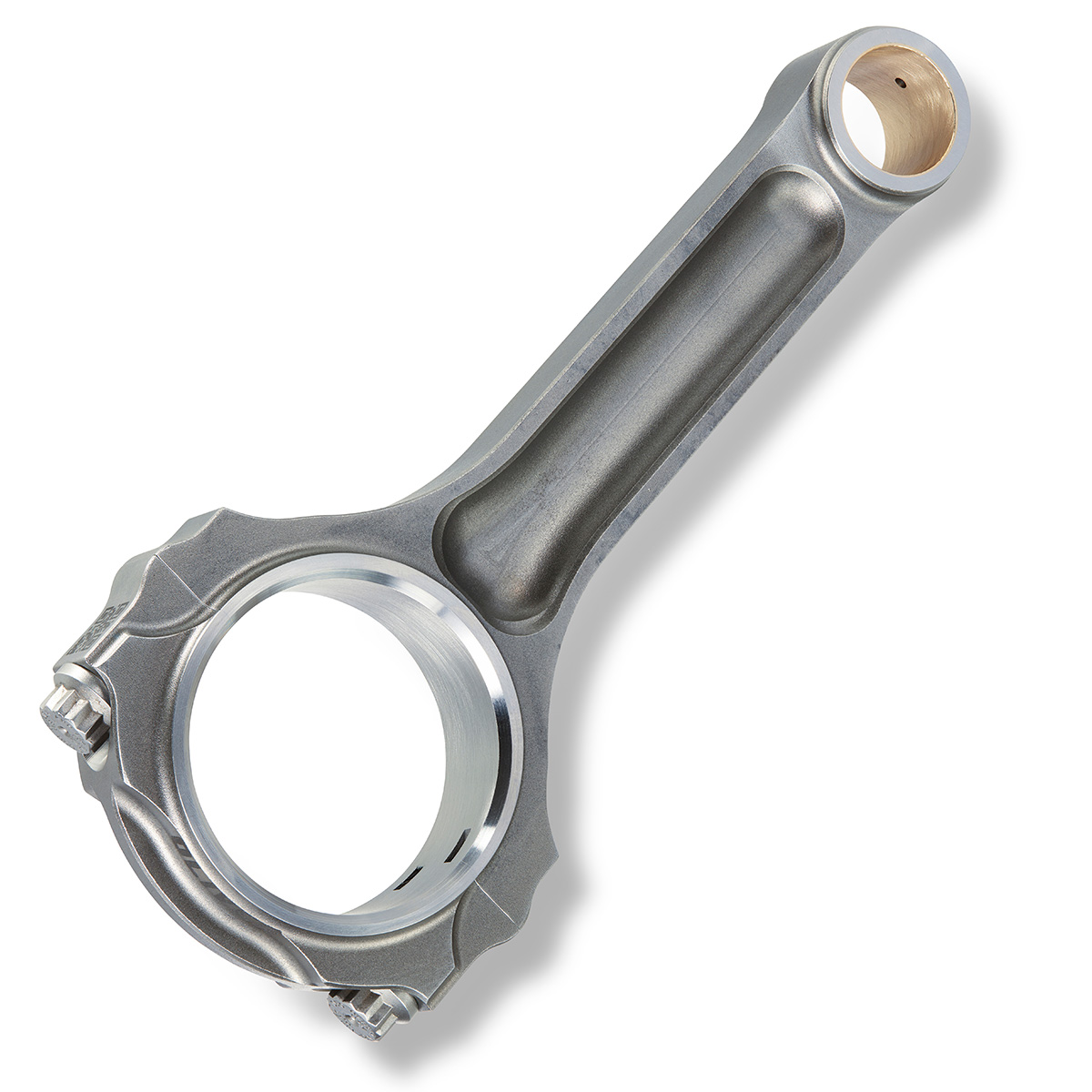I posted some information about my engine failure in TOBT but I wanted to start a thread in the Tech Section that was focused on the failure analysis.
Engine details - 4.125" bore, 3.40" stroke SBF (363ci). Rods are Oliver "Standard Light" (5.400" length) rated at 1300hp. CP pistons are used. Cam is pretty mild, hydraulic with 242deg duration and around .587/576" lift on intake/exhaust. Springs are PAC Beehives with 216lb on seat and 455lb open.
It appears to me the Oliver rod broke first. The piston first hit #7 intake valve and knocked the head off which was laying almost intact in the cylinder. The broken rod beat against the bottom of the block's cylinder walls and knock some sections out of that. At some point the camshaft sprocket's dowel pin, ARP retaining bolt AND chain broke while the engine was still running and the other cylinders have bent valves. I believe those components driving the camshaft broke when some of the broken rod debris got wedged between the cam and the block temporarily jamming it.
Someone has suggested that the head of the intake valve may have broken first. That caused the rod to fail when the piston came up and the broken valve head overloaded the rod when the piston came to TDC and the valve head acted as a "stop". This caused the rod to fail in compression.
I'm not convinced of what happened first but the intake valve stem missing because the valve's broken head is "stuck" close to it's normal closed position. I would think if the head broke off first, that valve stem would have gone up into the guide further than normal. In other words, if the valve head broke off the valve stem wouldn't be bent and stuck in the guide.
Anyone have any ideas/suggestions. I'd certainly like to know what happened first so I can do my best to avoid the same failure in the future.
![Image]()
![Image]()
![Image]()
![Image]()
![Image]()
![Image]()
Engine details - 4.125" bore, 3.40" stroke SBF (363ci). Rods are Oliver "Standard Light" (5.400" length) rated at 1300hp. CP pistons are used. Cam is pretty mild, hydraulic with 242deg duration and around .587/576" lift on intake/exhaust. Springs are PAC Beehives with 216lb on seat and 455lb open.
It appears to me the Oliver rod broke first. The piston first hit #7 intake valve and knocked the head off which was laying almost intact in the cylinder. The broken rod beat against the bottom of the block's cylinder walls and knock some sections out of that. At some point the camshaft sprocket's dowel pin, ARP retaining bolt AND chain broke while the engine was still running and the other cylinders have bent valves. I believe those components driving the camshaft broke when some of the broken rod debris got wedged between the cam and the block temporarily jamming it.
Someone has suggested that the head of the intake valve may have broken first. That caused the rod to fail when the piston came up and the broken valve head overloaded the rod when the piston came to TDC and the valve head acted as a "stop". This caused the rod to fail in compression.
I'm not convinced of what happened first but the intake valve stem missing because the valve's broken head is "stuck" close to it's normal closed position. I would think if the head broke off first, that valve stem would have gone up into the guide further than normal. In other words, if the valve head broke off the valve stem wouldn't be bent and stuck in the guide.
Anyone have any ideas/suggestions. I'd certainly like to know what happened first so I can do my best to avoid the same failure in the future.





